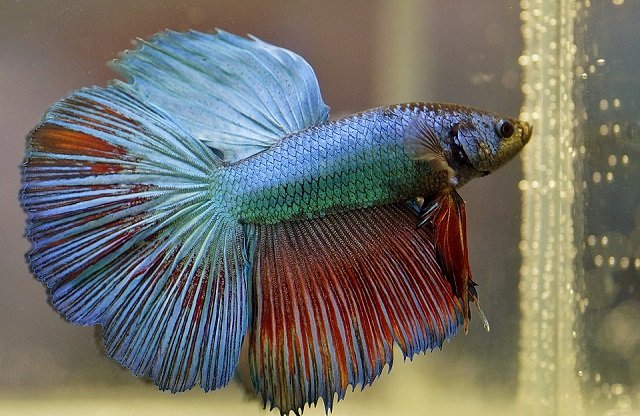The latest selected Editor’s Choice article from the ICES Journal of Marine Science is now available. Here, read about the current state of knowledge of methods dedicated to both marine and freshwater lipid analyses.
Lipids and their fatty acids are vital to life and are present in all living organisms. These biological compounds play essential roles in cell and tissue membranes functioning, energy storage, thermal insulation, and chemical communication.
Determining the lipid content and fatty acid composition of aquatic organisms has been of major interest in trophic ecology, aquaculture, and nutrition for more than half a century. Although protocols for lipid analysis are well-described, their application to aquatic sciences often requires modifications to adapt to field conditions and sample type. There are likely to be nearly as many variations of procedures as there are laboratories.
Yet, not all are suitable to aquatic samples. Identifying the most appropriate protocols and the best practices in fatty acid analysis of aquatic organisms may prove a difficult task for novices with limited biochemistry background. Available literature is indeed abundant and highly diverse, and many studies do not fully describe their methodology.
Tha latest Editor’s Choice article is a review that emerges from the technical workshops held during the international conference Lipids in the oceans (Brest, France, November 2018), in which all authors of the manuscript took part. In this work, they present the current state of knowledge of methods dedicated to both marine and freshwater lipid analyses, from sampling to data treatment. Practical questions are addressed that are not formulated in papers and textbooks, but that are essential to obtain reliable fatty acid profiles. The paper provides recommendations for best practices in field situations, and advocate for protocol standardization and inter-laboratory calibration.
Reference (open access):
Lydie I E Couturier, Loïc N Michel, Teresa Amaro, Suzanne M Budge, Elisabete da Costa, Marleen De Troch, Valeria Di Dato, Patrick Fink, Carolina Giraldo, Fabienne Le Grand, Iván Loaiza, Margaux Mathieu-Resuge, Peter D Nichols, Christopher C Parrish, Fany Sardenne, Marie Vagner, Fabrice Pernet, Philippe Soudant, State of art and best practices for fatty acid analysis in aquatic sciences, ICES Journal of Marine Science, , fsaa121, https://doi.org/10.1093/icesjms/fsaa121
Source: ICES
Stay Always Informed
Join our communities to instantly receive the most important news, reports, and analysis from the aquaculture industry.
Editor at the digital magazine AquaHoy. He holds a degree in Aquaculture Biology from the National University of Santa (UNS) and a Master’s degree in Science and Innovation Management from the Polytechnic University of Valencia, with postgraduate diplomas in Business Innovation and Innovation Management. He possesses extensive experience in the aquaculture and fisheries sector, having led the Fisheries Innovation Unit of the National Program for Innovation in Fisheries and Aquaculture (PNIPA). He has served as a senior consultant in technology watch, an innovation project formulator and advisor, and a lecturer at UNS. He is a member of the Peruvian College of Biologists and was recognized by the World Aquaculture Society (WAS) in 2016 for his contribution to aquaculture.




